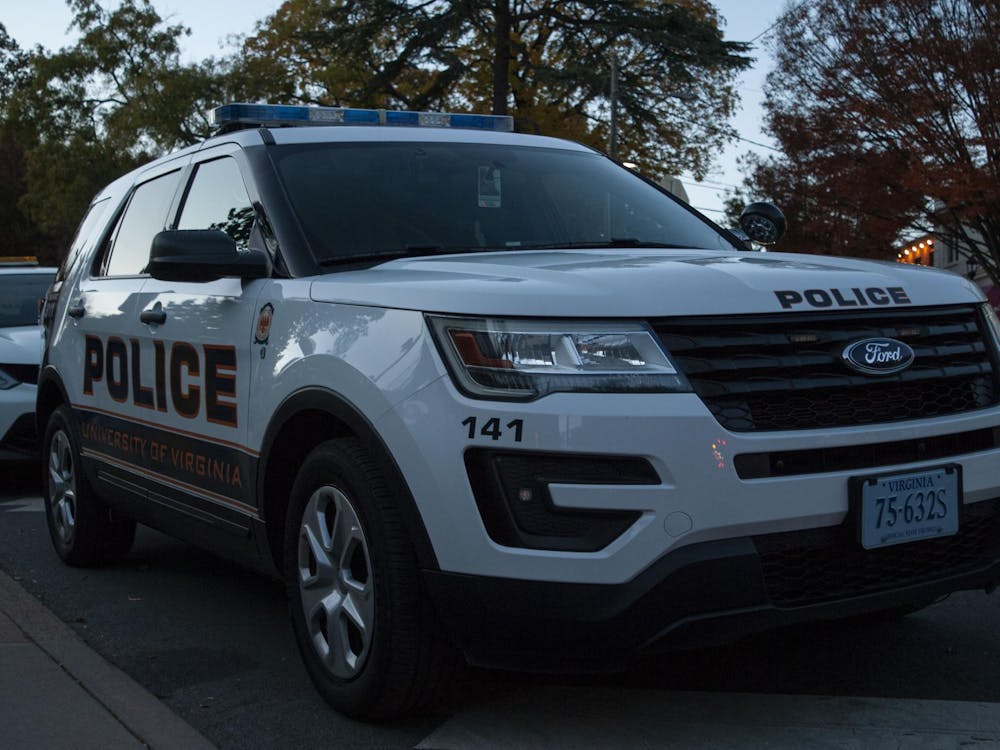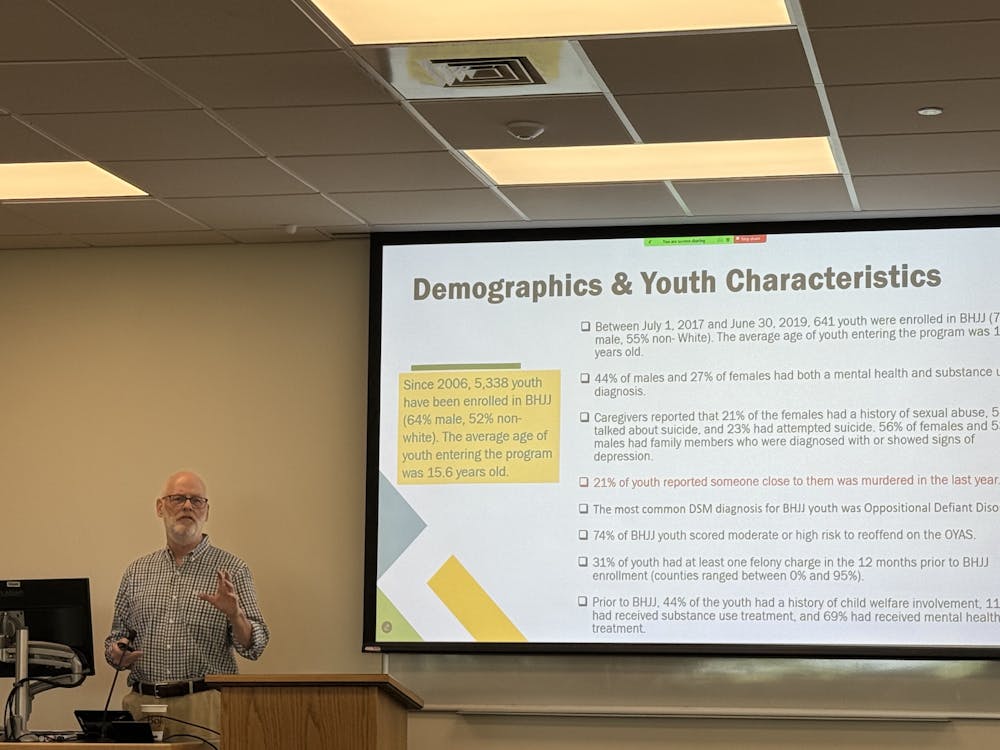Lea en español
Virginia Athletics announced a change to the V-Sabre and Cavalier Shield logos Monday following controversy over its depiction of the University’s serpentine walls.
The sabre handles included in both designs have been updated without the curves that were previously added to “[mimic] the design of the serpentine walls.”
Outlining the Pavilion Gardens around the Lawn, the eight-foot walls were originally built at the University to hide enslaved laborers from the University community and muffle the sounds of their daily life, according to the University. The design choice drew widespread criticism from University students and faculty, who found the symbolism ignorant of the history associated with the serpentine walls.
Virginia Athletics Director Carla Williams said in a statement that she was not previously aware of the history behind the serpentine walls when the logos were first announced April 24.
“There was no intent to cause harm, but we did, and for that I apologize to those who bear the pain of slavery in our history,” Williams said. “As such, we have redesigned the logos to remove that detail. All other aspects of the logos will remain the same."
The revised logos are part of a full rebranding of Virginia Athletics unveiled in collaboration with Nike’s Global Identity Group in April.
Virginia Athletics is now in the process of replacing the prior logos with the newer versions. Those who purchased merchandise containing the V-Sabre or Cavalier Shield after the first logo change may email the Athletics department if they are interested in an exchange.
The President's Commission on Slavery – created by former University President Teresa Sullivan in 2013 – released an official report two years ago that explained the original purpose of the walls.
From the report:
"[Thomas] Jefferson’s architectural plan for the University created distinct zones for the students and for the enslaved. The enslaved were to live and work in the basements and in the garden work yards where students were in theory to have little reason to venture. ... Even though the high walls of the gardens were designed to limit the ability of the enslaved to see beyond them and to essentially isolate the enslaved from contact with anyone outside the walls, they would not function that way in reality. The walls were also intended as barriers separating people owned by one faculty member or hotelkeeper from another and designed to make it easier for their owners to monitor their enslaved people."
According to Kirt von Daacke, one of the authors of the 2019 book “Educated in Tyranny: Slavery at Thomas Jefferson’s University” and co-chair of the President’s Commission on the University in the Age of Segregation as well as an assistant dean and professor of history in the College, Jefferson was considered “a pioneer in a 19th century plantation landscape that intentionally hid from view the life and labor of the enslaved.”
At Monticello, Jefferson's plantation home located a few miles from the University, elevations below grade were constructed to hide enslaved laborers from his view.
“He had been perfecting it for decades at Monticello before overseeing the design and then construction of U.Va.,” von Daacke said. “He used topography and elevations in much the same way, at least in design seeking to hide the life and labor of the enslaved from view as much as possible. The garden walls were a part of that.”
In 1822 design drawings and calculations, Jefferson wrote that he wanted the University’s serpentine walls to be at least six or eight feet tall — the height of privacy fences designed to block views — located at the University’s Pavilion Gardens where enslaved people would do various tasks like wash dishes, slaughter animals and smoke meats for professors and hotel keepers.
“They were not contemplative ornamental gardens — they were workyards where enslaved people lived and worked and privacy walls were part of that attempt to hide their life and labor from the daily activities of white students at the University,” von Daacke said. “The lived experience at U.Va. from 1825 to 1865 speaks loudly about how those walls functioned.”
More information about the University’s ties with slavery can be found in the 2019 book “Educated in Tyranny: Slavery at Thomas Jefferson’s University" and through "Jefferson's University – The Early Life Project."
This article has been updated with additional historical context.

![<p>The sabre handles included in both designs have been changed to remove the curves that were previously added to “[mimic] the design of the serpentine walls.”</p>](https://snworksceo.imgix.net/cav/542a095e-6ea7-423d-aec2-8503a94257c7.sized-1000x1000.png?w=1000)





